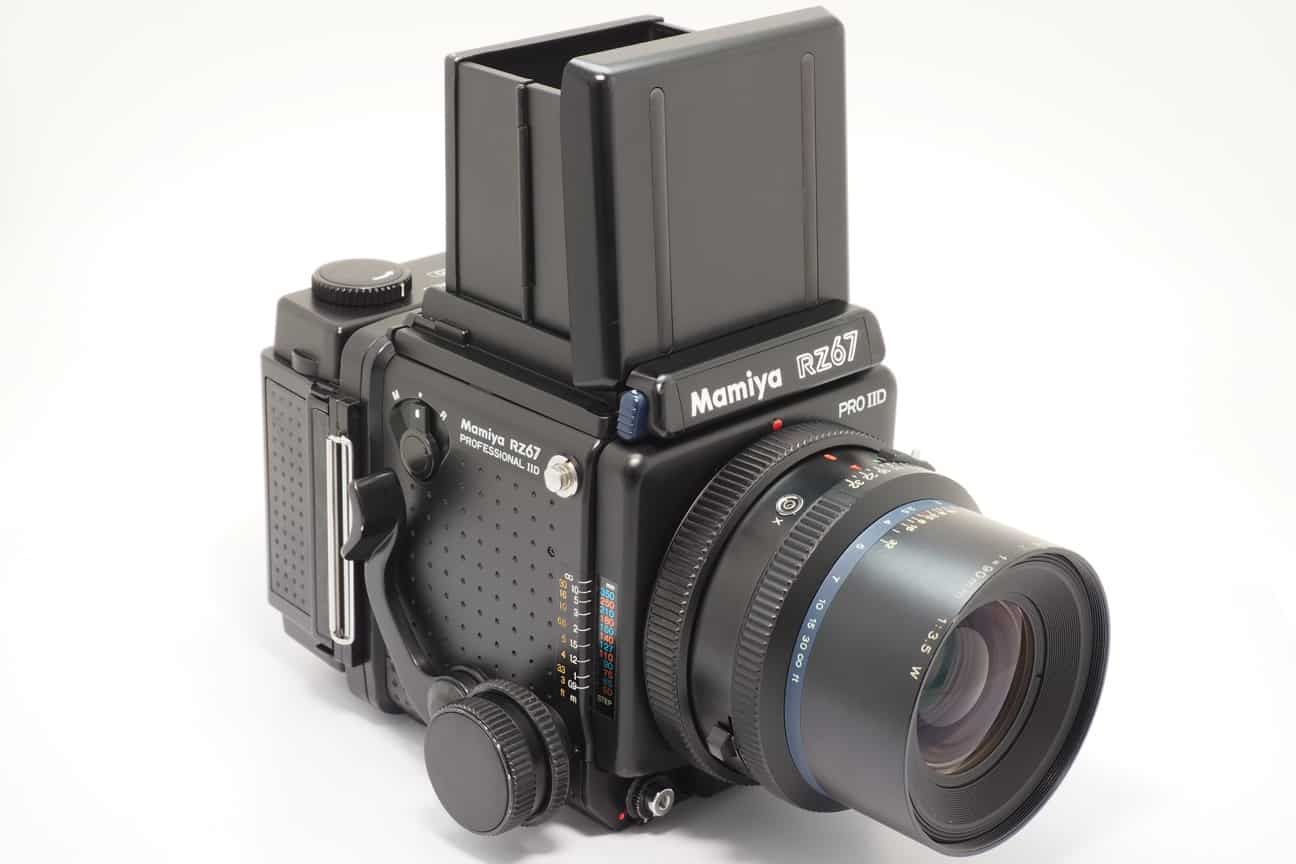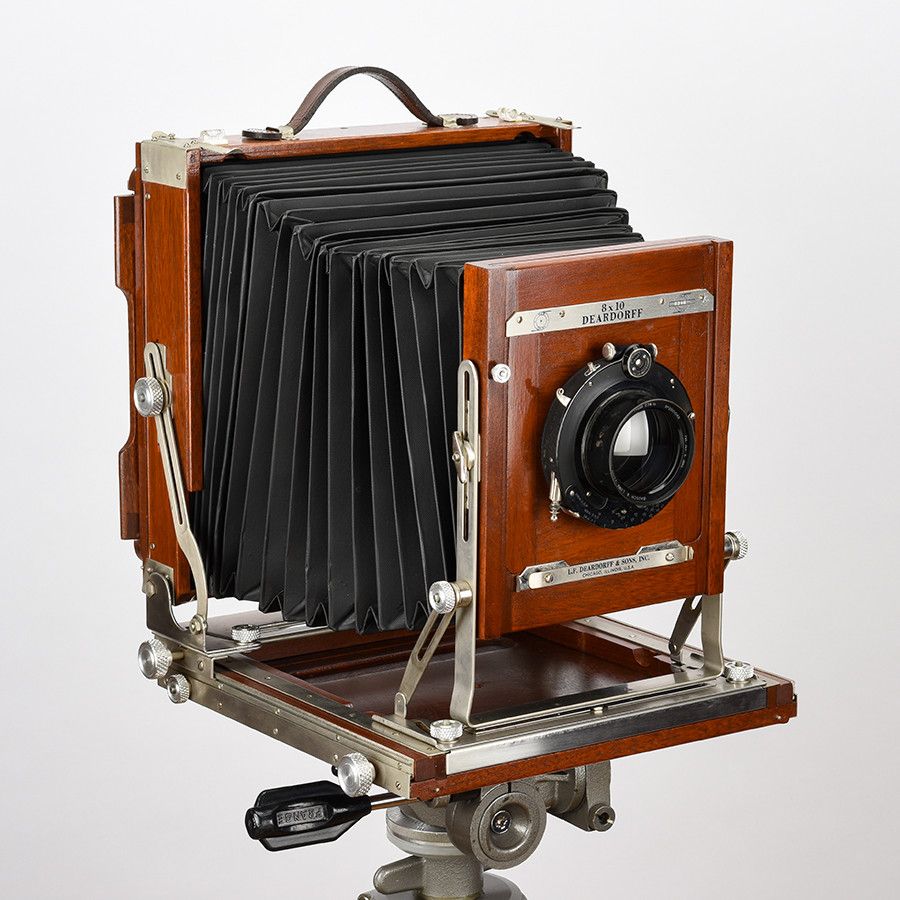
Amor Habendi
Francis Fukuyama on the joys of collecting cameras and woodworking equipment.
Among my various vices, one of the most prominent is my love of acquiring new equipment. The objects of this passion have shifted over the years, from hi-fi equipment (especially turntables) to hand tools (especially planes) to drones and all things Arduino. However, the most long-lasting category of acquisitions has centered around photography.
I accumulate cameras and lenses the way some women collect shoes or handbags. My latest is a Sony FX30 video camera, which is the fourth Sony body I’ve bought (including an A7II, A7RIII, and A6400), along with a couple of APS-C zoom lenses to go along with it. This addiction has been with me since childhood. I remember seeing a glossy layout of cameras in Playboy back in the 1960s (don’t know why I was looking at this) that included shots of a Nikon, Leica, Hasselblad, Bronica, and others, and I was thereafter completely hooked. I inherited a Minolta Autocord twin-lens reflex (which I still have) and an old Canon 35mm rangefinder from my father. However, my real ambitions were centered around Nikons, and the moment I could afford one in graduate school (that was 1979), I bought a new Nikon F2A Photomic. This led to the acquisition of a series of historical Nikons over the next two decades, which you can see in this video.___STEADY_PAYWALL___
This collection started with a Nikon S2 rangefinder that was the predecessor of the classic Nikon F. I also acquired a Leica M3 that my uncle Hiro had acquired in Germany back in the early 1950s. This camera is as old as I am, and (unlike me) still works perfectly.
My collection stopped with the professional film Nikons (the last being the F6), where a new body would be introduced roughly every six or seven years. When digital cameras appeared, they were updated so frequently that it seemed pointless to try to collect all the models. Nikon and Canon came to have a duopoly on the professional digital camera market. But then, in the mid-2010s, the mirrorless camera movement started with the introduction of the first Sony A-series cameras. Mirrorless cameras do away with the mirror and pentaprism that allowed photographers using single-lens reflex cameras to see the subject through the actual camera lens. Instead, they have an electronic viewfinder that takes the image directly from the digital sensor, and allows the lens to be placed much closer to the sensor plane (similar to a film rangefinder like a Leica). Among other things, this allowed virtually any legacy lens to be mounted on a mirrorless body. My first Sony mirrorless camera could accept any of the old Nikon or Leica lenses I owned, of which there were now about 20.
Along the way, I took a detour through medium format by acquiring a Mamiya RZ67. These cameras were once favorites of fashion photographers and were used by people like Annie Liebovitz. The RZ67 is big and heavy and must be used on a tripod, but it took absolutely gorgeous photos on 120 or 220 film.

That was the pinnacle of film technology, when you could shoot on Kodak Ektachrome E100 or Fuji Velvia and produce vivid and deeply saturated transparencies. I dragged this camera all the way to Australia and New Zealand on one trip, and remember the excitement I would feel when I got the roll back from the developer and looked at my pictures through a loupe on a light table.
There was a moment when I was tempted to move from medium format into large format view cameras. This would have followed in the tradition of Ansel Adams and Joel Meyerowitz, the latter of whom used an ancient 8x10 wooden Deardorff for his photos of Cape Cod and St. Louis.

However, I decided that this was a step too far. The main advantage of a view camera was its ability to do tilt and shift movements to retain parallel verticals when shooting upwards at a building, or for an extended focus plane. But I bought a tilt-shift 75mm lens for my RZ67 on eBay, which allowed me to do a series of architectural photos of buildings in Washington without going the view camera route.

The mirrorless revolution undermined the old Nikon-Canon duopoly, and has put Nikon on the verge of bankruptcy ever since. I could watch this happening in real time since I get photographed very often and could see the way that professional photographers were switching to mirrorless cameras in recent years. Sony’s main advantage is in sensor technology; they are a dominant player in the pro video market and their video sensors have moved downstream from camcorders that used to cost tens of thousands of dollars to ones costing less than two thousand. They also acquired Minolta’s lens business and seem to market a new pro-grade lens every month or so. Nikon and Canon have tried to compete by offering their own mirrorless versions, but Sony has stayed way ahead of them.
Another area where I’ve accumulated a lot of equipment is woodworking tools. What’s remarkable about that hobby is how little woodworking has changed technologically over the decades. People are still building furniture with power tools that are little different than those of their great-grandparents' generation, and indeed I’ve jointed boards with a plane that is at least 150 years old.
By contrast, digital photography has been evolving rapidly and relentlessly, in ways that are hard to keep up with. You can now shoot video in 5K, 6k, and 8K formats with enough headroom that you can compensate for six f-stops of underexposure without significant noise. In the days of film, you would have to choose your medium very carefully and could change color grades only by manipulating exposure times and bath temperatures. Today you can endlessly color grade a digital file simply by moving a slider in Photoshop or Premiere. I guess this is why I keep accumulating more photographic gear.
American Purpose newsletters
Sign up to get our essays and updates—you pick which ones—right in your inbox.
Subscribe






